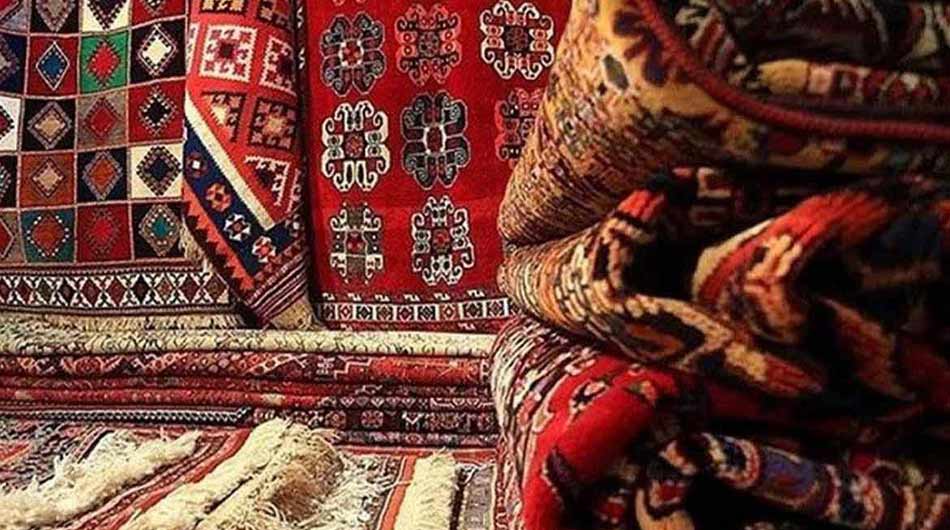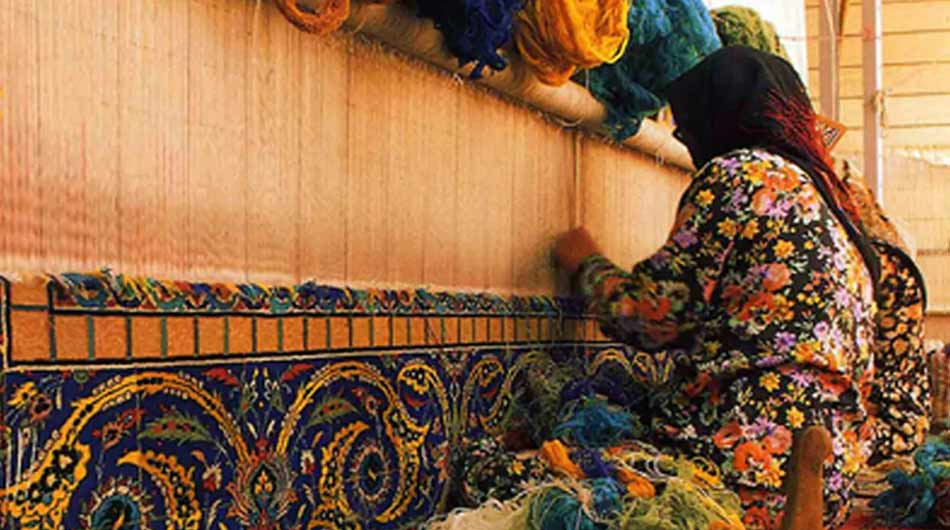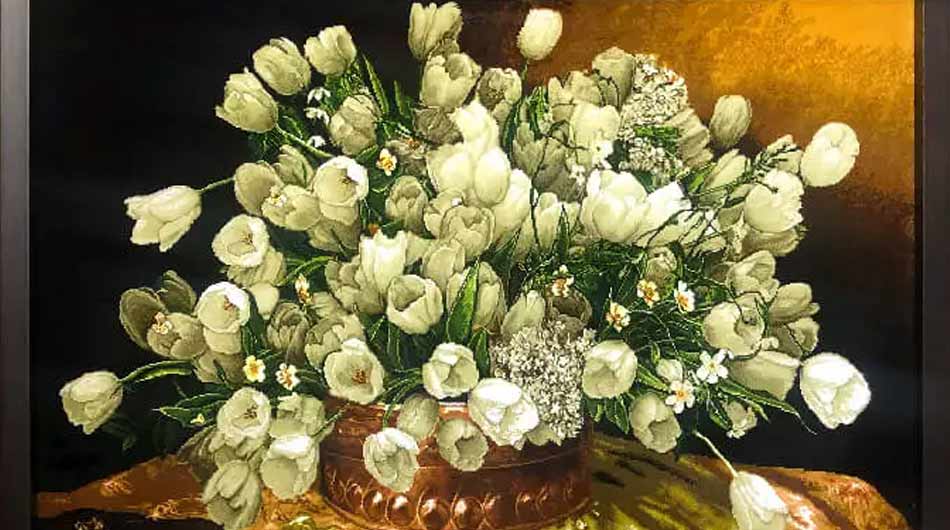Carpet Weaving: The Art and History of Persian Carpets
Persian carpets are renowned worldwide for their intricate designs, vibrant colors, and exceptional craftsmanship. These masterpieces are not just decorative items; they are a reflection of a rich cultural heritage that has been passed down through generations. The art of carpet weaving in Iran dates back over 2,500 years, making it one of the most ancient and revered traditions in the country. This article delves into the history, significance, and artistry of Persian carpets, highlighting why they continue to be cherished across the globe.
The Origins of Persian Carpet Weaving
The history of Persian carpets can be traced back to ancient Persia, where nomadic tribes first began weaving rugs for practical purposes, such as providing warmth and protection from the elements. Over time, these functional items evolved into sophisticated works of art, with weavers incorporating intricate patterns and rich symbolism into their designs.
One of the oldest known Persian carpets is the Pazyryk carpet, discovered in a frozen tomb in Siberia and dating back to the 5th century BCE. This remarkable artifact provides insight into the early techniques and styles used by Persian weavers, showcasing their skill and attention to detail.
The Golden Age of Persian Carpets
The art of carpet weaving reached its zenith during the Safavid Dynasty (1501-1736), a period often referred to as the Golden Age of Persian carpets. Under the patronage of Shah Abbas I, weaving centers were established in cities like Isfahan, Kashan, and Tabriz, where master weavers produced carpets of unparalleled beauty and complexity. These carpets were not only used domestically but were also exported to Europe and other parts of the world, earning a reputation for their exquisite craftsmanship.
During this era, the designs of Persian carpets became more elaborate, featuring intricate floral patterns, arabesques, and medallions. The use of natural dyes derived from plants, insects, and minerals gave the carpets their distinctive and enduring colors. The meticulous hand-knotting techniques, often involving thousands of knots per square inch, ensured the durability and longevity of these carpets.
Symbolism and Design in Persian Carpets
Persian carpets are rich in symbolism, with each design element holding specific meanings. For instance, floral motifs such as the lotus, peony, and tulip represent rebirth, beauty, and spirituality. Geometric patterns, such as the boteh (a paisley shape), signify fertility and protection. Medallions, often found at the center of the carpet, symbolize the universe and its infinite nature.
The designs of Persian carpets also vary depending on the region they originate from. For example, carpets from Isfahan are known for their intricate curvilinear patterns and pastel colors, while those from Tabriz often feature bold, geometric designs. Each region has its unique style, reflecting the cultural and artistic influences of the area.
The Craftsmanship of Persian Carpets
The creation of a Persian carpet is a labor-intensive process that requires exceptional skill and patience. The first step involves selecting high-quality materials, such as wool, silk, or cotton. The wool is often sourced from local sheep, providing a soft and durable texture, while silk adds a luxurious sheen to the carpet.
Once the materials are prepared, the weaver begins the intricate process of knotting. Using a loom, the weaver ties each knot by hand, following a detailed pattern that has been carefully planned in advance. This process can take several months or even years to complete, depending on the size and complexity of the design.
Natural dyes play a crucial role in the beauty of Persian carpets. Traditional dyeing methods involve using natural sources such as indigo, madder root, and pomegranate rind to create a vibrant palette of colors. The dyed yarns are then left to dry in the sun, ensuring that the colors remain vivid and fade-resistant.
The Cultural Significance of Persian Carpets
Persian carpets hold a special place in Iranian culture, symbolizing wealth, status, and artistic achievement. They are often passed down through generations as family heirlooms, treasured for their beauty and historical value. In addition to their aesthetic appeal, Persian carpets also serve as important cultural artifacts, preserving the traditions and stories of the past.
Carpet weaving remains an integral part of Iran’s economy, providing livelihoods for many artisans and contributing to the country’s export industry. Despite the advent of modern manufacturing techniques, traditional hand-knotted carpets continue to be highly prized for their craftsmanship and uniqueness.
The Global Appeal of Persian Carpets
Today, Persian carpets are sought after by collectors, interior designers, and art enthusiasts around the world. Their timeless beauty and intricate designs make them a versatile addition to any space, from contemporary homes to historic landmarks. The value of a Persian carpet often increases with age, making it a worthwhile investment for those who appreciate fine art and craftsmanship.
Tags:Adventure holidays, Best time to travel to iran, best tour operator iran, Cultural sites of Iran, Holiday in Iran, Iran, Iran Architectural, iran attractions, iran destinations, Iran sightseeing tours, iran Solo trip, iran tour, Iran tour packages, iran tourist attractions, Iran travel agency, iran travel expenses, Iran Travel Guide, Iran Travel Tips, Iranian Carpet, must-visit Iran, persia tour, Persian Carpet, Persian Carpet Weaving, top tourist destinations, travel to iran, travelling to iran, trip to iran, vacation packages, visit iran, درنا گشت




